The richest man in the world is actually this Malian! You must not have thought

According to the relatively fair algorithm, the United States celebrity net worth statistics website once calculated that the wealth of Mansa Musa I, the king who ruled the landlocked country of Mali in West Africa in the 14th century, reached $400 billion when he died in 1331, surpassing Jeff Bezos, Bill Gates and Buffett, and became one of the richest people in history.
Of course, it is really difficult to have an accurate figure of the wealth of Mansa Musa I, because it was also a few centuries ago. Perhaps the recorder exaggerated the actual situation. But it is undeniable that Mansa Musa I was indeed one of the richest people at that time.
The Malian Empire in the 14th century was ruled by Mansa Musa, and the land is rich in natural resources, especially gold. Mansa Musa was a successful military leader, occupying 24 cities and establishing a medieval West African empire, including Ghana, Mali and Sanghai. In 1324, he made a pilgrimage to Mecca, which made people in Europe and the Middle East understand the prosperity of this West African country.
In 1312, most parts of Europe were in dire straits, and gold and silver fell sharply, and many African empires rose.
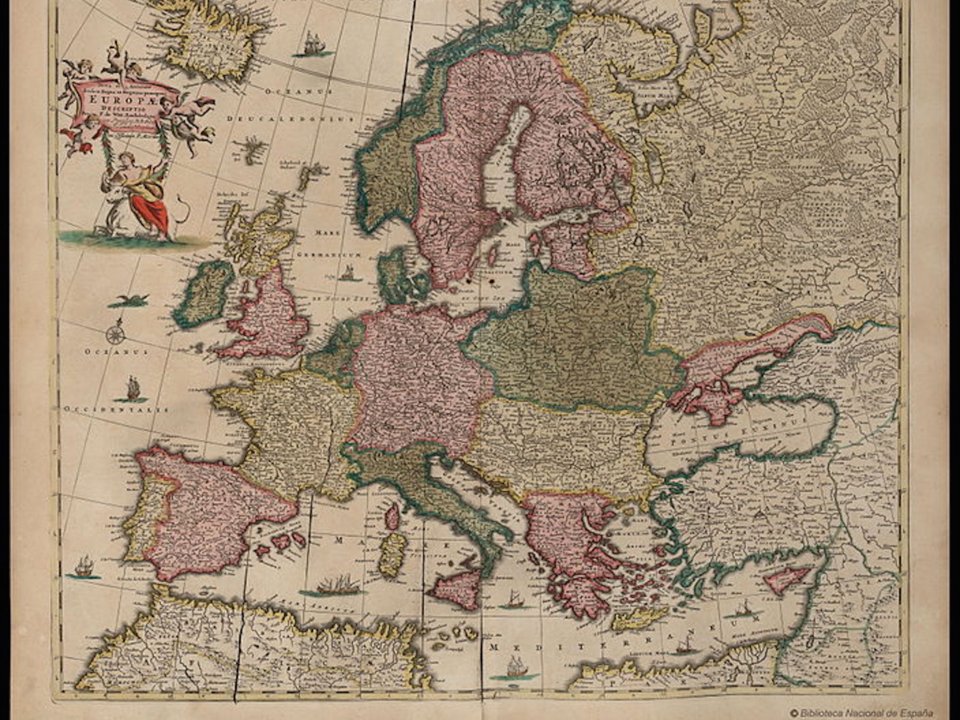
After the succession of Mansa Musa, he expanded his territory and rapidly expanded the territory of the ruling area: not only annexed Thimbuktu, but also re-established control over Gao. In short, under his leadership, the territory of the empire has extended for 2000 miles (about 3200 kilometers), and he also has the title of "king of kings".
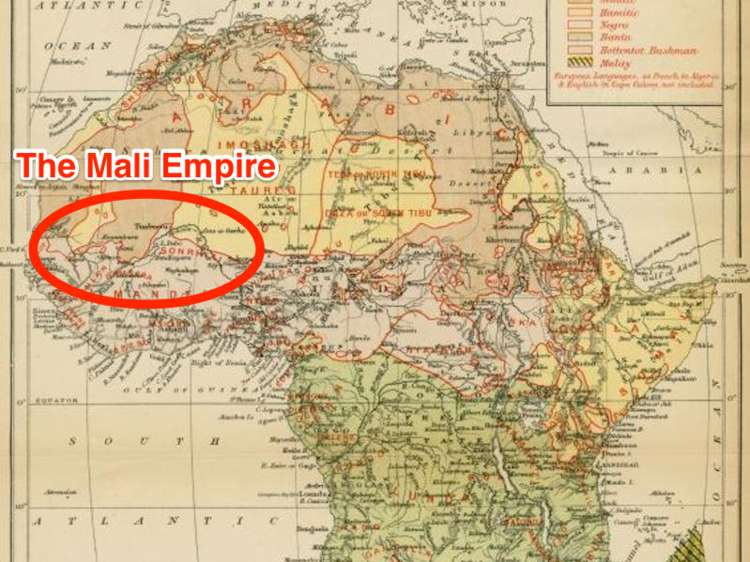
Mansa Musa ruled a vast territory, which today covers Mauritania, Senegal, Zambia, Gambia, Guinea, Burkina Faso, Mali, Niger and Chad.
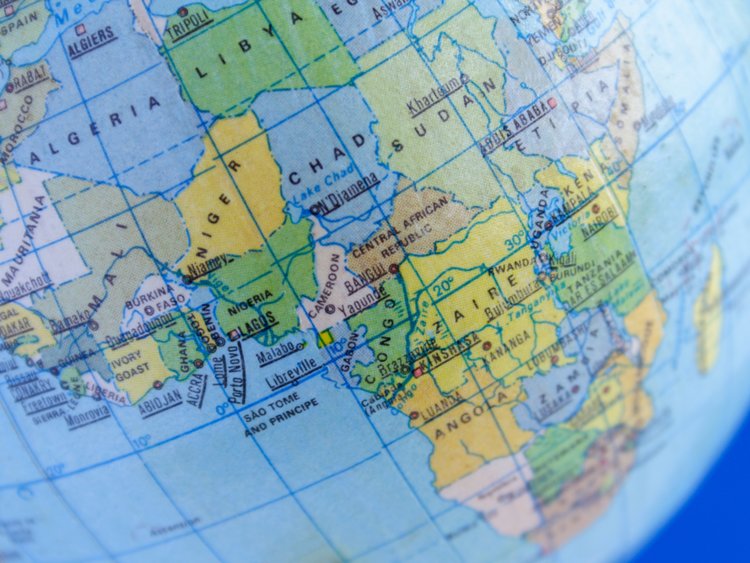
In 1324, in order to complete one of the five "lessons" of Islam, Mansa Musa went to Mecca for a pilgrimage, which made people in Europe and the Middle East understand the prosperity and wealth of this West African country.
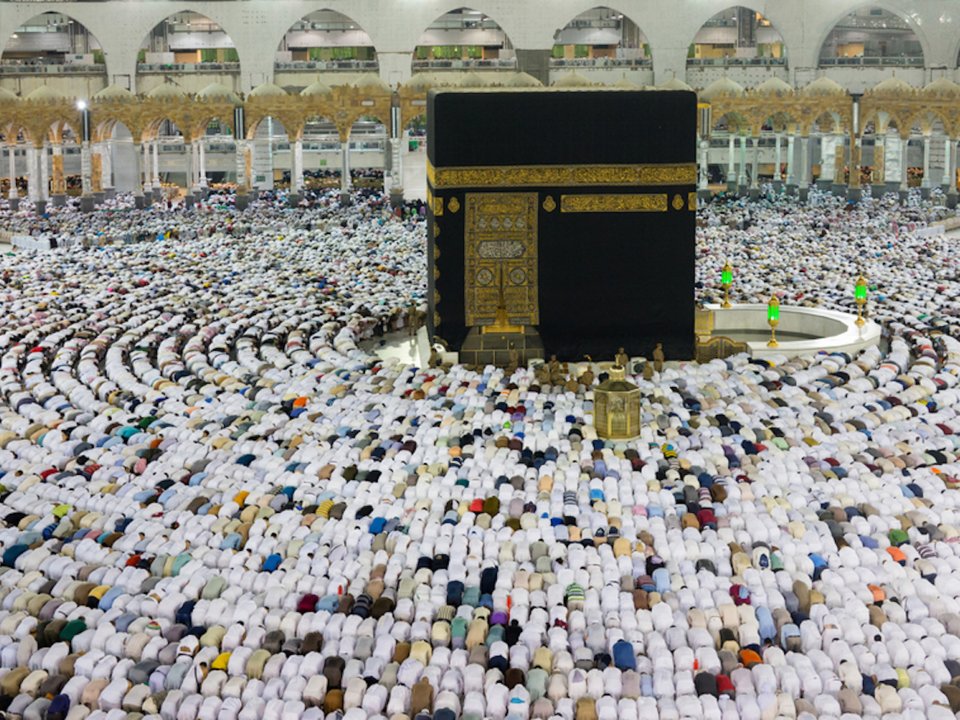
This is a journey without any budget. The caravan brought by Mansa Musa can extend to the end of the view.
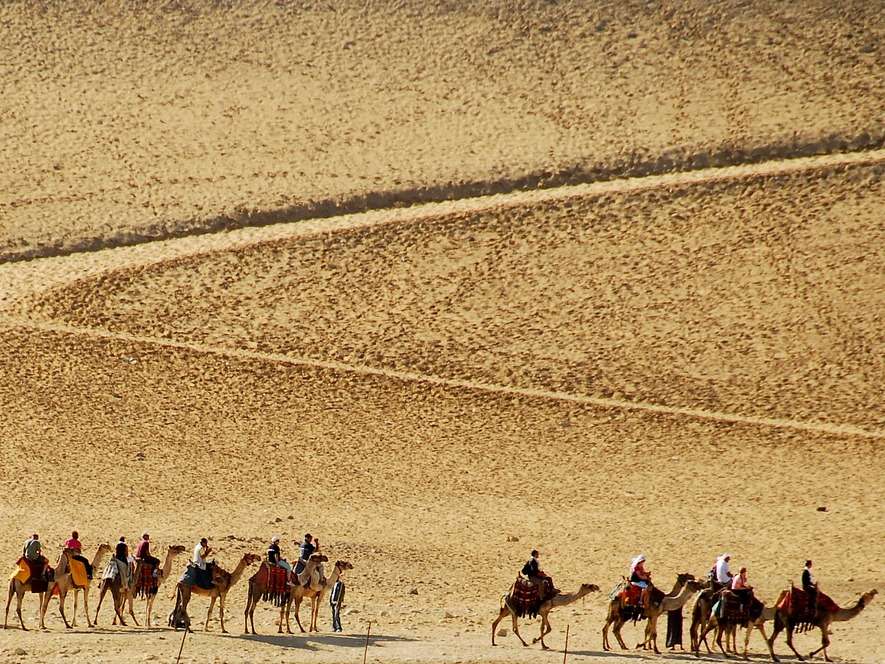
According to records, Mansa Musa took a team of 60000 people, with thousands of followers, hundreds of camels loaded with gold, and many of the king's private musicians and more than 500 slaves holding gold sticks.
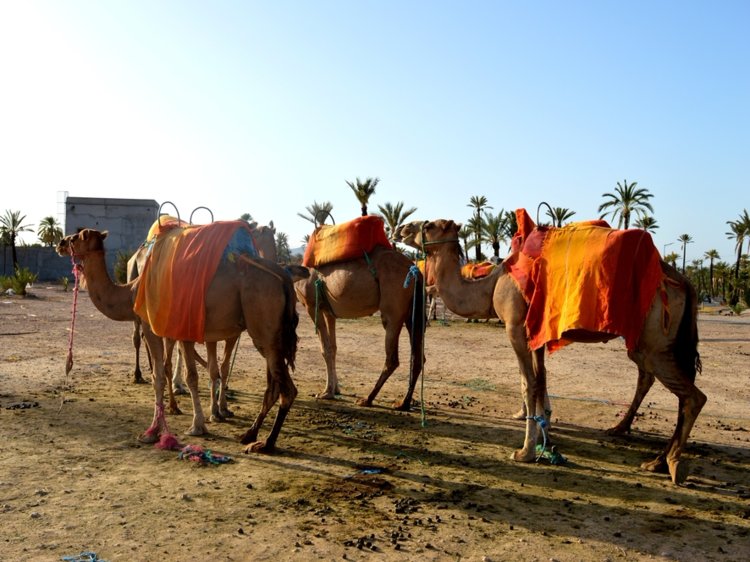
One of the attendants once said that Mansa Musa would distribute some rare food and candy to everyone during each break. There are more than 12000 female slaves, who are dressed in brocade and Yemeni silk, and bring the equipment and furniture of Mansa Musa.
Mansa Musa is also generous with his wealth. He often gives gifts to people he meets. During his stay in Cairo, Mansa Musa invested a lot of money into the poor, but eventually led to massive local inflation.
This "luxury" journey made Mansa Musa quickly "famous" and was included in the Atlas of Catalonia in 1375. Catalonia Atlas is known as "the best and most complete map of the world in the Middle Ages".

In the end, this pilgrimage also made Europeans regard Mali as a "brilliant and rich place". Such discovery also led to certain consequences - Portugal's interest in Mali was reflected in the maritime aggression against the Empire since the 15th century.

Although today's Mansa Musa is still famous for his gold holdings, this is indeed only part of his many legacies.
As a pious Muslim, Mansa Musa's only goal is not wealth. Mansa Musa built Timbuktu through the establishment of schools and mosques, which made the city gradually bear the mark of urbanization.
At the same time, he also established the Djinguereber Mosque in Thimbuktu, which still stands here today.
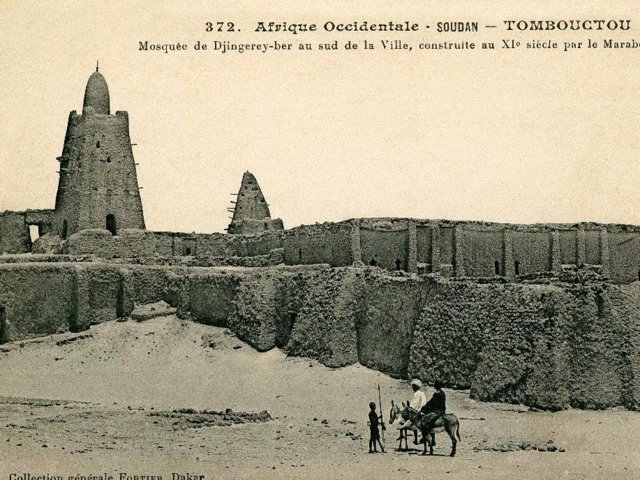
After ruling the Malian Empire for 25 years, Mansa Musa died in 1337. Its rich heritage has been left to future generations. Until today, tombs, libraries and mosques can still prove the golden age of Mali's history.

